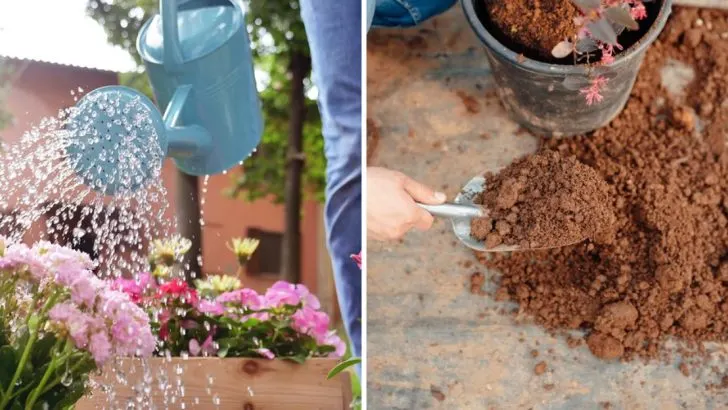Starting a garden can be both exciting and overwhelming, especially for beginners. With so many plants, tools, and techniques to choose from, it’s easy to feel unsure about where to begin. But don’t worry – every expert gardener was once a beginner, too!
These 15 essential gardening tips will help you lay the groundwork for a thriving and rewarding garden. From selecting the right plants for your space to mastering basic care techniques, these practical pointers will set you up for success and help you avoid common pitfalls. Let’s dig in and turn your gardening dreams into a blooming reality!
Choose the Right Location
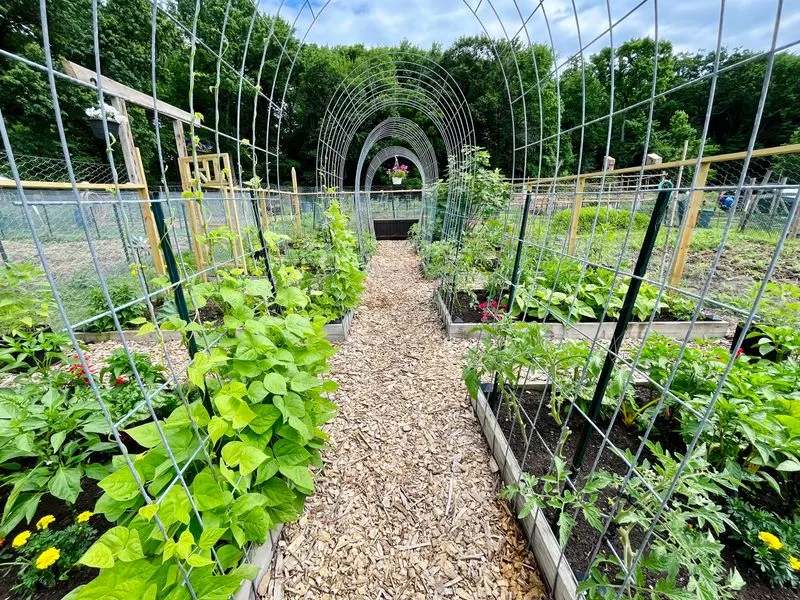
Selecting the ideal location for your garden is crucial. Look for a spot that receives at least six hours of sunlight daily. This amount of sunlight is typically sufficient for most vegetables and flowers. Avoid areas with too much shade or where water tends to pool.
Consider the proximity to water sources and accessibility for regular upkeep. Make sure the location is convenient, so you won’t find it a hassle to tend to your plants.
Remember, a well-chosen location can significantly impact the success of your garden.
Understand Your Soil Type
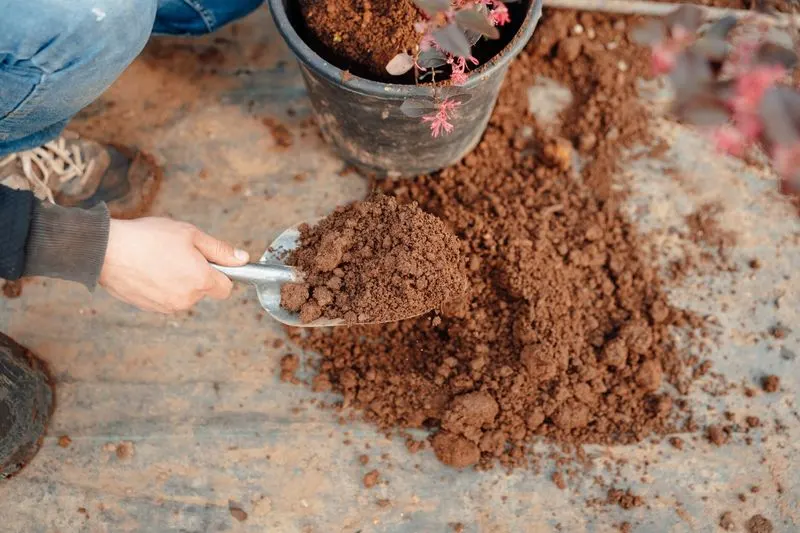
Knowing your soil type helps in selecting plants that will thrive. Test your soil to see if it’s sandy, clay, or loamy. Each type has its characteristics; for instance, sandy soil drains quickly but doesn’t hold nutrients well.
Amending soil with organic matter like compost can improve its fertility and structure. This enhances water retention in sandy soils or drainage in clay soils.
By understanding your soil, you can better cater to your plants’ needs, ensuring healthier growth and development.
Start with Easy-to-Grow Plants
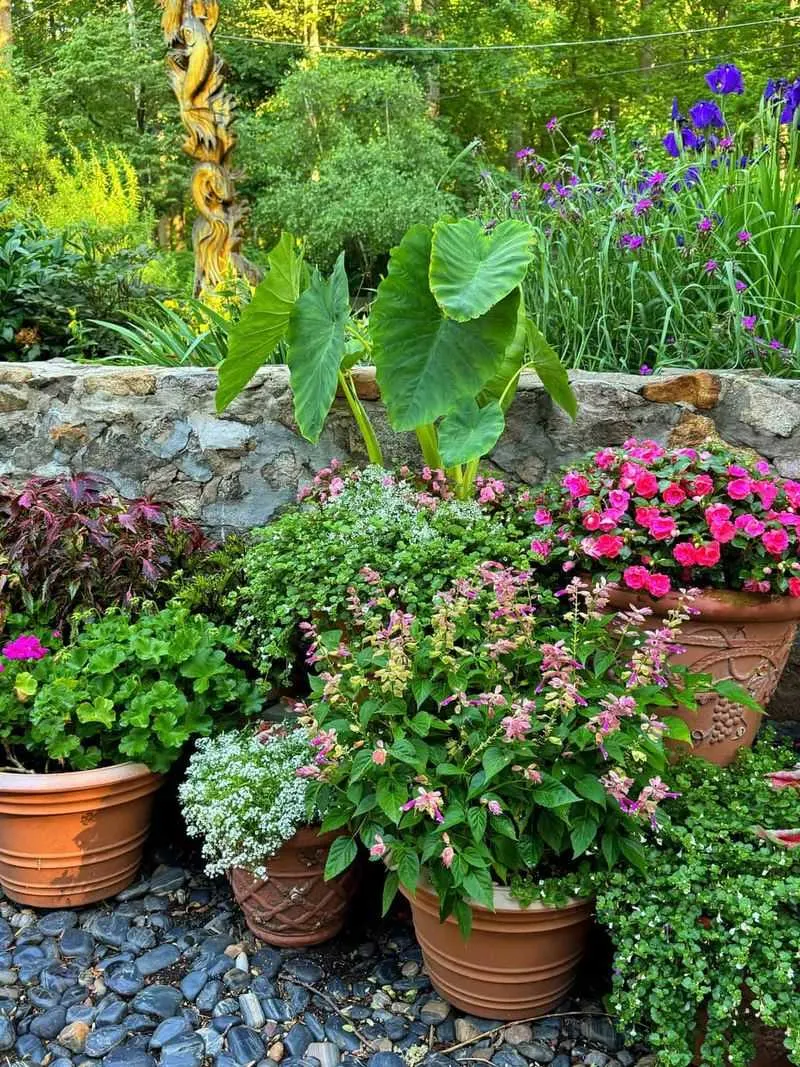
As a beginner, starting with easy-to-grow plants can build confidence. Consider lettuce, radishes, or marigolds, which are known for their quick growth and resilience.
These plants require less maintenance and are more forgiving to mistakes, providing a great learning experience. They also offer quick results, keeping motivation high.
Once you succeed with these, try your hand at more challenging varieties, expanding your gardening skills and knowledge.
Water Wisely
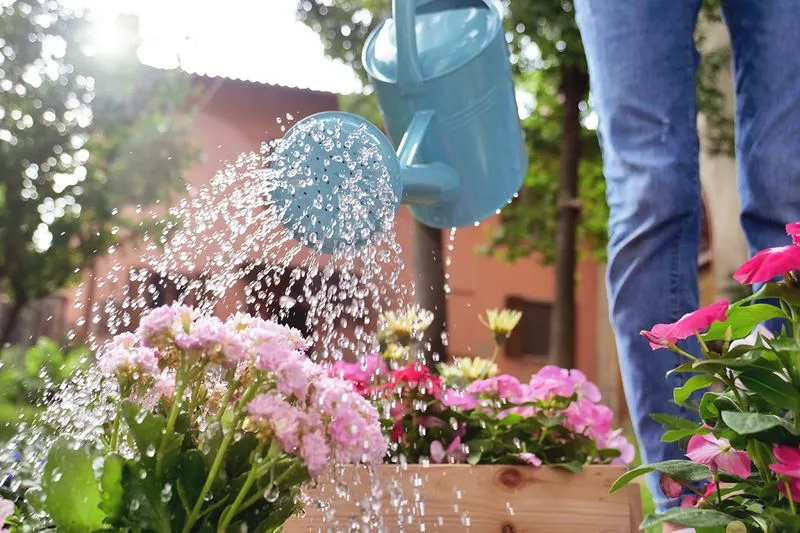
Proper watering is essential for plant health. Water deeply but less frequently, allowing the soil to dry out slightly between sessions. This encourages roots to grow deeper, making plants more drought-resistant.
Opt for early morning watering when the sun is not too harsh, reducing evaporation and ensuring plants have moisture through the day.
Overwatering can be just as harmful as under-watering, leading to root rot. Pay attention to your plants’ needs and adjust accordingly.
Use Mulch to Retain Moisture
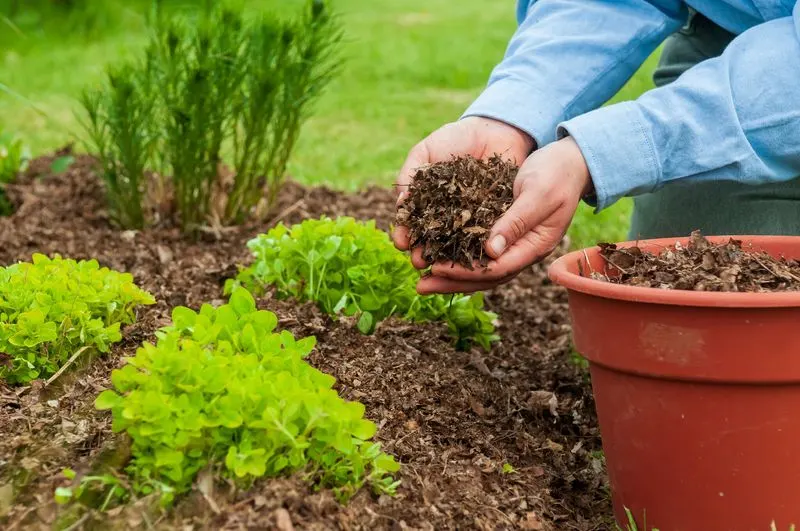
Mulching is a simple yet effective way to conserve moisture in your soil. It helps reduce evaporation, keeps roots cool, and suppresses weed growth.
Organic mulches like wood chips or straw also break down over time, adding nutrients back to the soil. Apply a layer about 2-3 inches thick around your plants.
By maintaining consistent moisture levels, mulch reduces the need for frequent watering and promotes a healthier garden.
Feed Your Plants Regularly
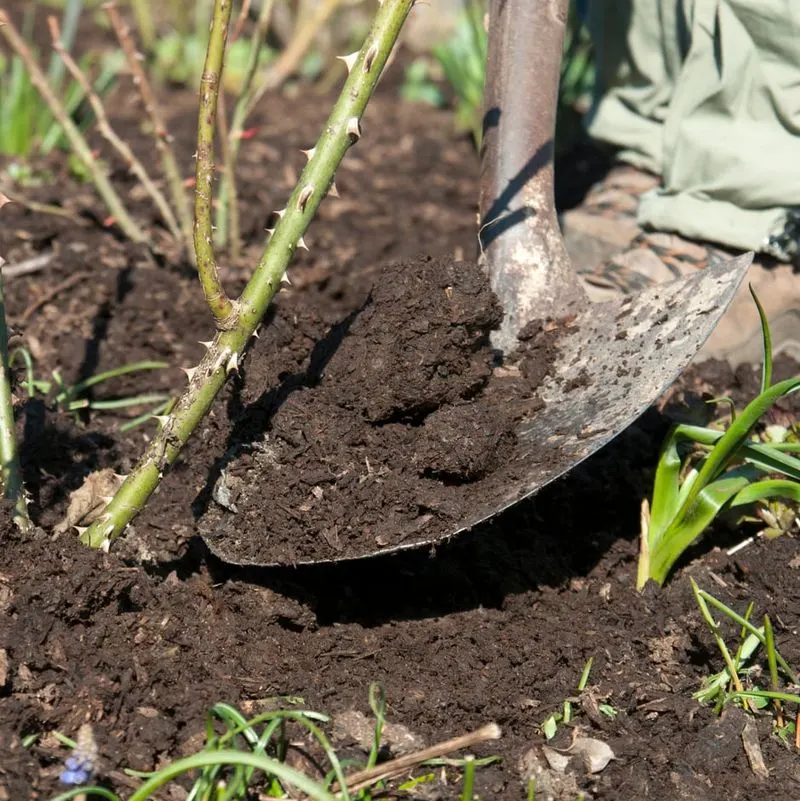
Regular feeding provides essential nutrients for robust plant growth. Use a balanced fertilizer, following the instructions on the package for best results.
Consider the specific needs of different plants; some may require more frequent feeding than others. Organic options like compost or fish emulsion offer a natural choice.
Proper nutrition makes plants more resilient to pests and diseases, resulting in more vigorous and productive growth.
Learn About Companion Planting
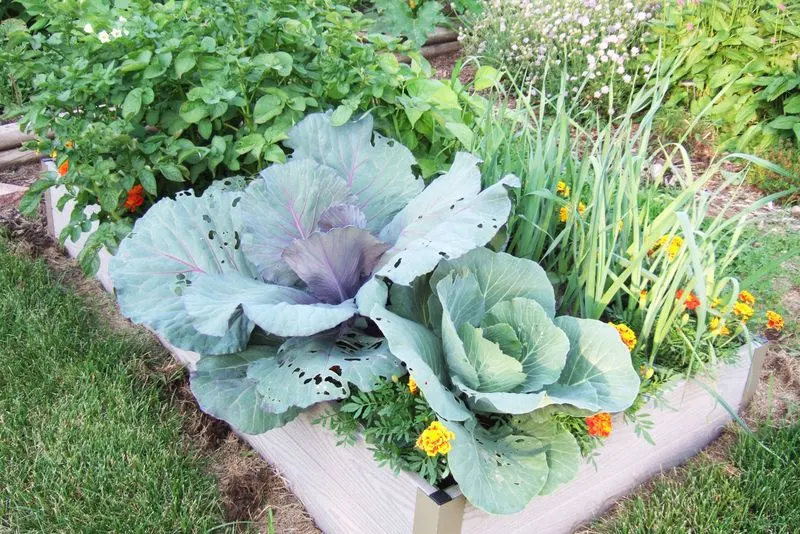
Companion planting involves growing plants together that benefit each other. For instance, planting basil near tomatoes can enhance flavor and deter pests.
This method maximizes space, improves soil health, and attracts beneficial insects. It also helps in reducing the need for chemical pesticides.
Experiment with combinations to discover what works best in your garden, fostering a more harmonious and productive environment.
Prune Regularly
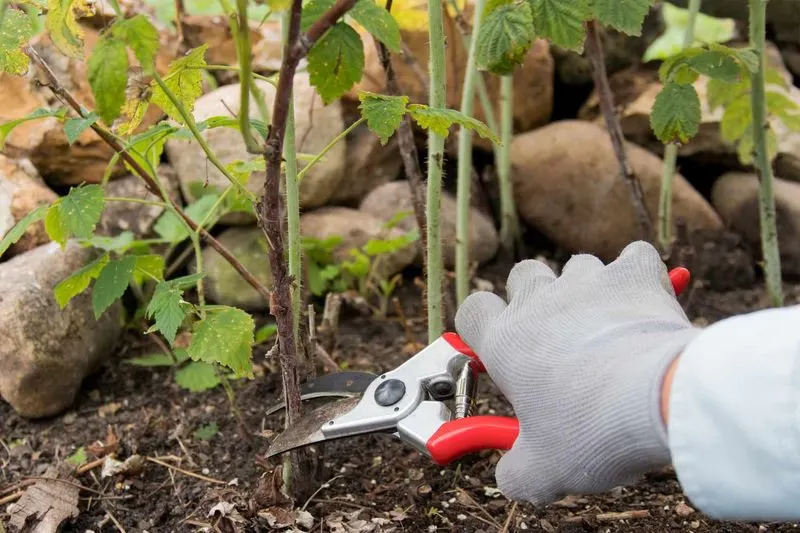
Pruning helps maintain plant health by removing dead or diseased branches. It encourages new growth and improves air circulation, reducing the risk of fungus.
Use sharp, clean tools to make precise cuts. Each plant has its specific pruning needs, so research beforehand to avoid damaging your plants.
Regular pruning keeps your garden tidy and plants thriving, promoting better flowering and fruiting.
Pest Management
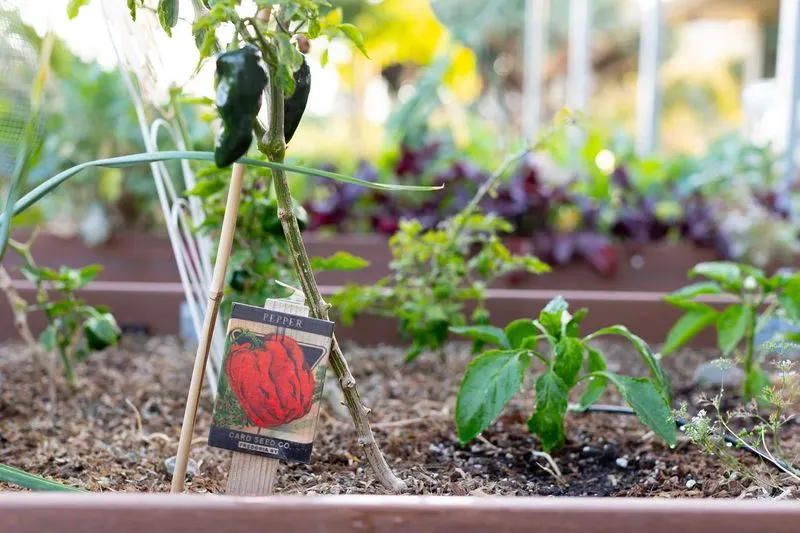
Effective pest management is vital for a successful garden. Regularly inspect your plants for signs of pests, such as holes in leaves or discolored spots.
Introduce natural predators like ladybugs or use organic remedies such as neem oil to control infestations. Avoid harsh chemicals that can harm beneficial insects.
Maintaining plant health through proper care reduces vulnerability to pests, ensuring your garden remains productive and vibrant.
Rotate Crops Annually
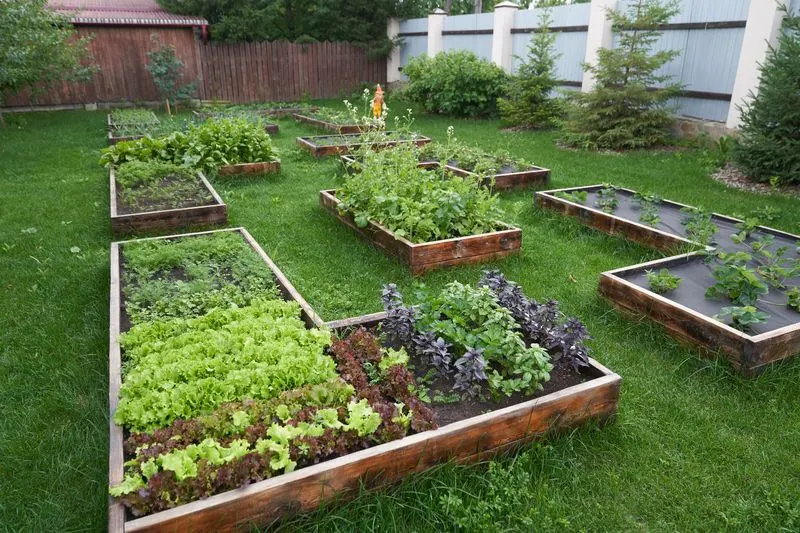
Crop rotation prevents soil depletion and reduces pest buildup. Changing plant locations each year disrupts pest life cycles and balances soil nutrients.
Plan your garden layout before planting, considering plant families and their nutrient demands. This practice helps maintain soil fertility and health.
By rotating crops, you contribute to a sustainable gardening system, promoting long-term productivity and resilience.
Use Natural Pest Repellents
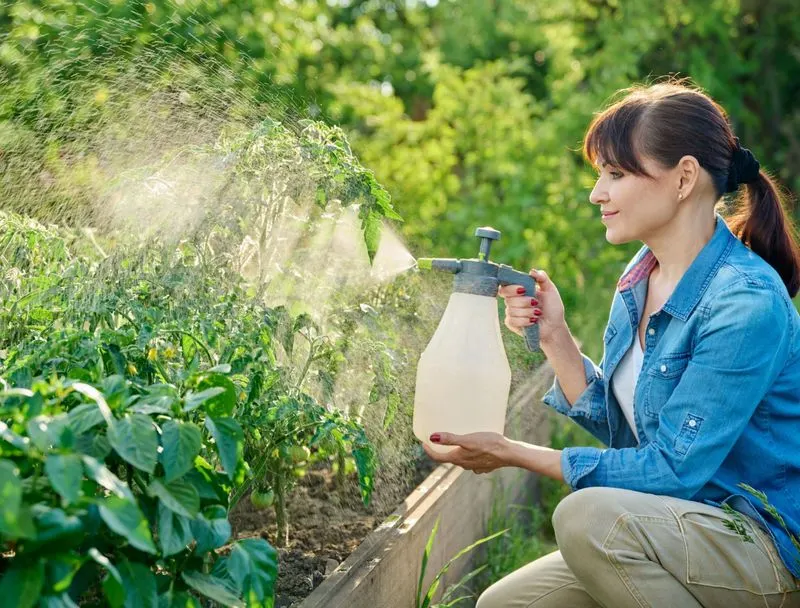
Natural pest repellents are safe and effective alternatives to chemical pesticides. Plants like marigolds and garlic can deter common pests with their scent.
Essential oils such as peppermint or lavender can also be used, sprayed around plants to keep insects at bay. This method protects beneficial organisms and the environment.
Incorporating natural repellents into your garden care routine ensures a safer and more eco-friendly approach to pest management.
Know the Best Time to Plant
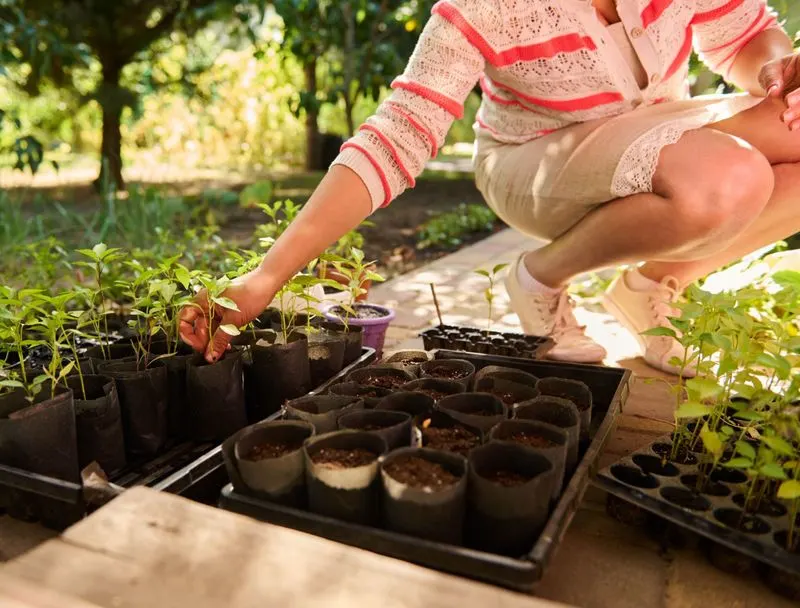
Timing is crucial in gardening. Planting at the right time ensures optimal growth and yield. Research your local climate and plant hardiness zones.
Use a planting calendar to guide you on when to sow seeds or transplant seedlings. This helps align with seasonal conditions and prevent frost damage.
Understanding the best planting times enables successful harvests, maximizing your garden’s potential.
Create a Compost System
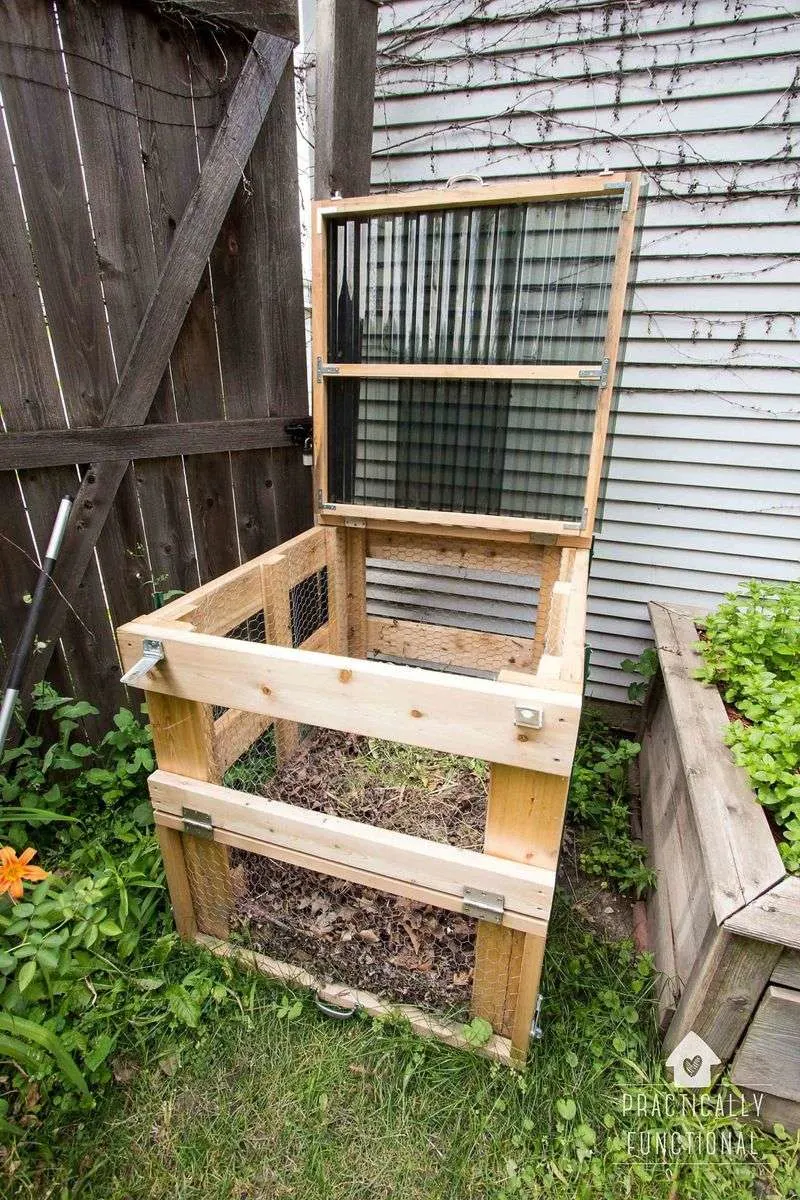
Composting transforms kitchen scraps and yard waste into nutrient-rich soil. Set up a compost bin in a convenient location, adding layers of greens and browns.
Turn the pile regularly to speed up decomposition and prevent odors. Finished compost enriches garden soil, promoting healthier, more productive plants.
Integrating composting into your routine not only reduces waste but also recycles valuable nutrients, enhancing your garden’s vitality.
Use Raised Beds for Better Control
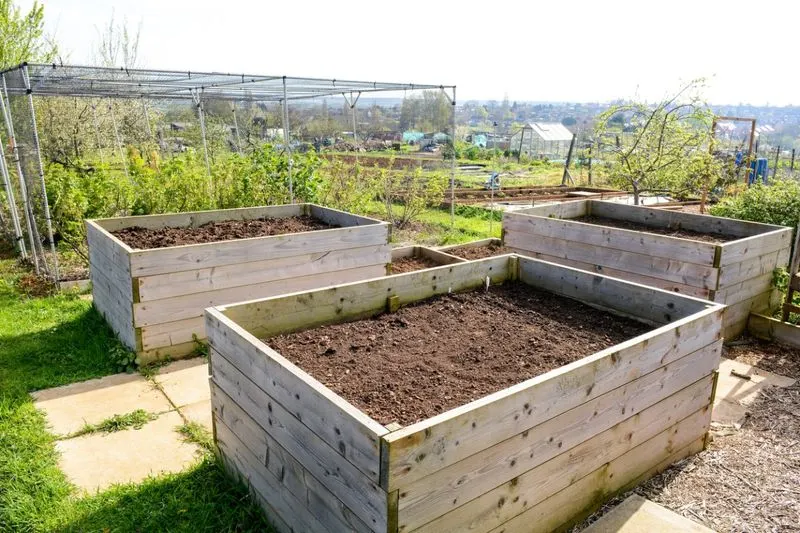
Raised beds offer greater control over soil quality and drainage. They warm up faster in spring, extending the growing season.
Constructed from wood, stone, or recycled materials, raised beds reduce soil compaction and make gardening accessible for all ages.
By using raised beds, you create a more manageable and productive gardening space, tailored to your specific needs.
Plan Your Garden Layout
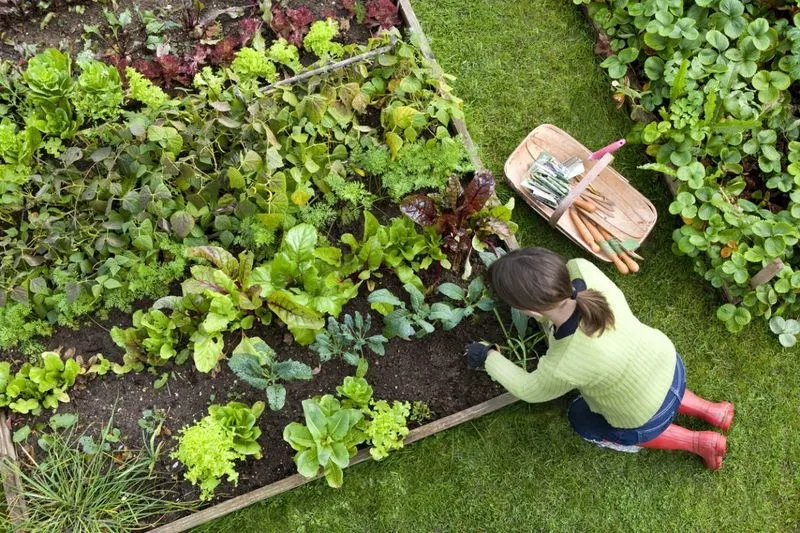
A well-thought-out garden layout maximizes space and improves productivity. Sketch your garden on paper, considering plant heights and sun exposure.
Group plants with similar needs together, allowing for easier maintenance and efficient use of resources. This planning stage is crucial for avoiding overcrowding.
A strategic layout ensures a more organized and thriving garden, making your gardening experience both enjoyable and rewarding.

